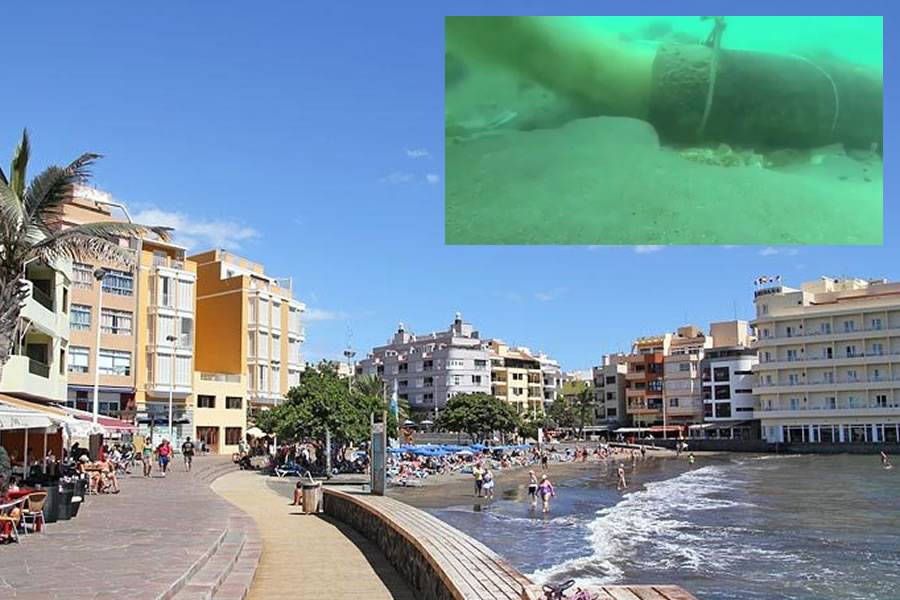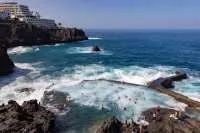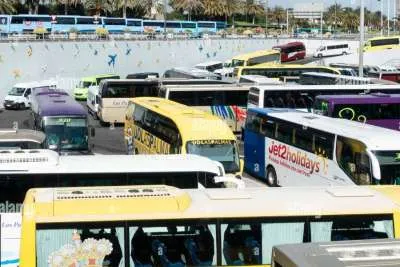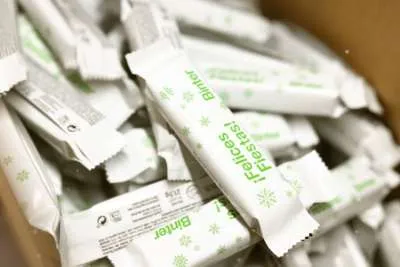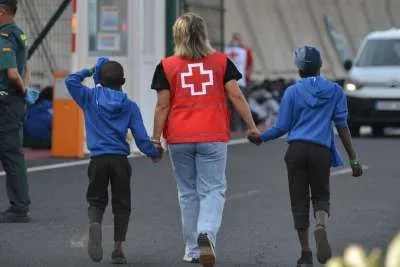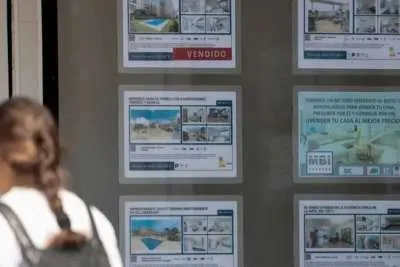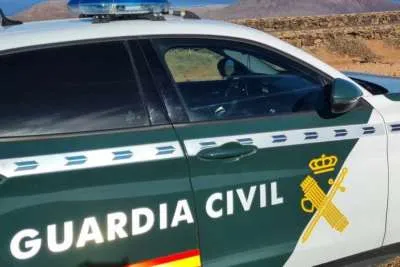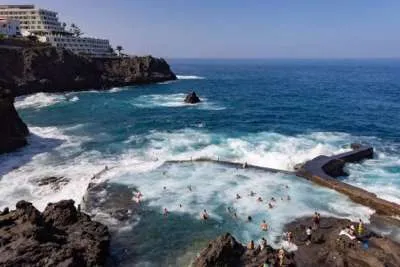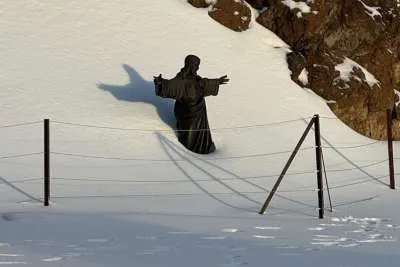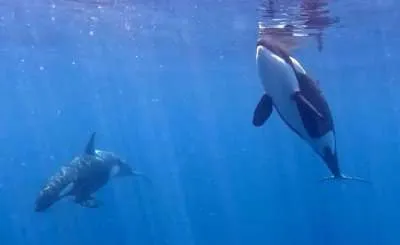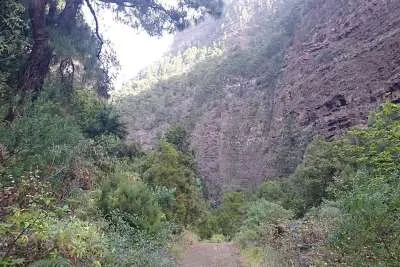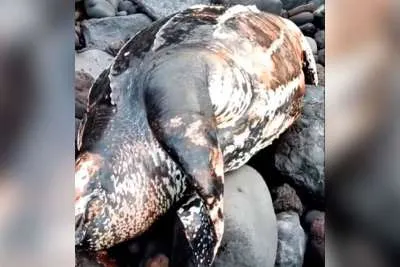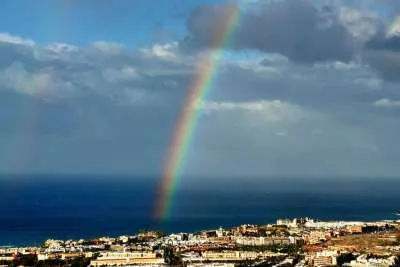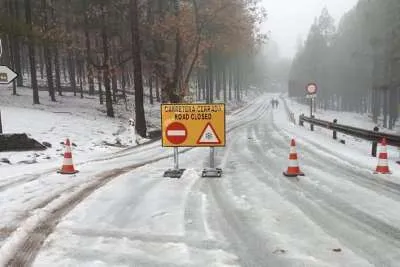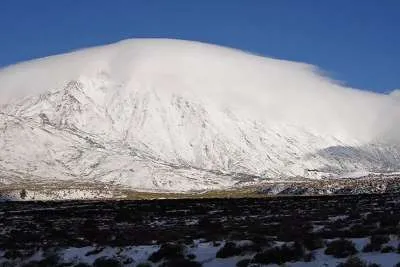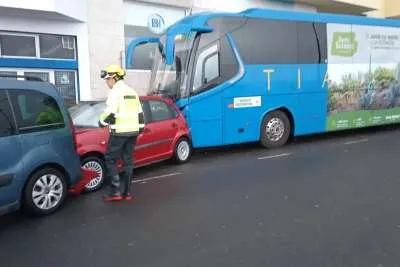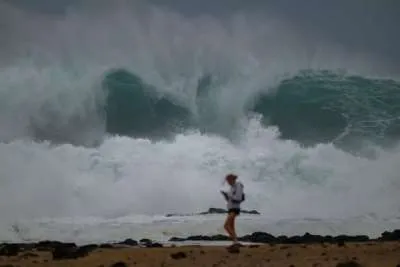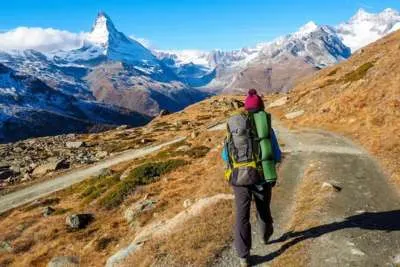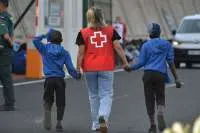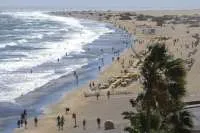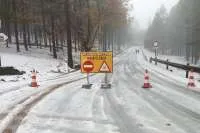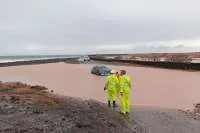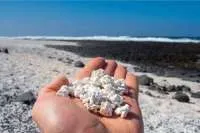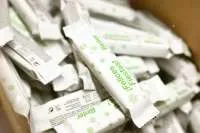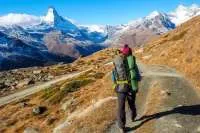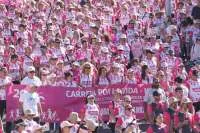‘Welcome to El Mierdano’: Residents are protesting against polluted waters
- 19-03-2023
- Tenerife
- Canarian Weekly
Calm and good weather characterize this small town in the south of Tenerife, and until very recently, it was one of the favourite places for the residents of the island to spend their free time. Now, the presence of sewage on the coast, rubbish on the beaches, litter in the streets, and the saturation of tourists have transformed this "paradise" into an "abandoned neighborhood" according to many locals who live there.
Vicky Colomer's dream was to retire in El Médano so she bought an apartment there, but she is now thinking of selling it. “It cannot continue that the town only lives for tourism, as we (the residents) have to pick up the pieces. Rubbish, pollution, crowds, not being able to park are just some of the problems it causes us.”
The main demand of the residents is to put an end to the discharge of polluted water into the sea, and for two weeks, the town's balconies have been covered with posters in protest with slogans such as: “Welcome to El Miérdano”, “No more poop in the sea”, or “Danger! People get ill from swimming in s**t”.
It is common for the island's beaches to be closed due to the presence of E.coli bacteria in the sea. This microbe is found in the stomach of humans and reaches the ocean through sewage outlets. These large pipes carry the supposedly purified water from the Wastewater Treatment Plants to the bottom of the sea. However, the currents carry these flows up to the surface and towards the coast.
“In the last few years the population has multiplied uncontrollably, and there has been no control of sanitation. More houses have been built, which implies more toilets, but we have an out of date water treatment plant. That is why El Médano is contaminated almost daily. The waste goes directly into the sea, without being purified”, explains Vicky Colomer.
The mayor of Granadilla, José Domingo Regalado, has acknowledged this situation. “The main problem has been not having a water purification system or facilities in line with the population growth it has had for decades,” he said.
The Granadilla de Abona City Council has announced that the municipality currently has a budget of more than 40 million euros for different actions in the field of sanitation and to improve wastewater treatment.
Some works have already started and are expected to finish in 2024. Among them are the wastewater treatment and pumping station in Ensenada Pelada, another plant in Los Letrados, and a third in the industrial estate of Charco del Pino, plus a sewage collection plant in Granadilla.

However, these solutions are too little too late in the eyes of the residents. Dani is a professional windsurfer and has lived in El Médano for 30 years. “The problem has always been there. I remember when the World Windsurfing Championship was held in the town, and the prominent people who came to compete complained about the poor state of the water around the pier,” he said.
His family has experienced the consequences of bathing in contaminated water first hand. Three years ago, in February 2020, his son was admitted to hospital after spending a day at the beach. “I was already angry about the water issue and sometimes I would leave the beach because of the bad smell. But on that day, my son caught his first wave with a surfboard. He swallowed a lot of water and later that night he started shivering and having contractures in his body.”
“The next day we went to the medical centre and they told us that there was nothing to worry about. Shortly after, he had blood in his urine and the nurses explained to him that he had caught a bacterium of unknown origin and that his own body had begun to kill his red blood cells”. At only three years old, Daniel's son suffered a stroke.
After several months fighting for his life, little Daniel survived. "Now he is much better, but it still affects him. It takes him much longer than his classmates to learn at school and he still does not have full control of his right hand," says his father. As a result of this, the windsurfer began to investigate the impact of wastewater on people's health.
The man from Tenerife criticizes that the measurements to check the good state of the water are carried out during the week, but at the weekends the municipality has more visitors.
Sergio, who was born, raised, and lives in this town shares the concern. “We have lived in ignorance. Before, when we got sick, we didn't attribute it to possible bacterial infections. Today people are starting to think about it. The problem has been growing exponentially with the amount of population there is, and authorizations for new apartments continue to be issued”, he says.
In 2021, the Granadilla Investigating Court number 2 began to investigate the City Council for an alleged crime against the environment and natural resources for discharging wastewater into the sea with insufficient treatment since at least 2017, "a risk situation for the health of people and the general conditions of the ecosystem”.
Beyond the deficiencies in the purification of the water, the neighbours agree that the problem begins at home. Wipes, sanitary towels, and even nappies continue to be thrown down toilets. Separate from the sea, residents also complain that it is common to find cigarette butts, plastic bags, and cans in the streets of the town. “There are cleaning teams, but they are not enough. People need to be educated, and I see a total passivity on the part of the City Council”, laments Vicky.
To revive and recover the town, the residents have begun to organize themselves. “We want to form a large group of locals who can contribute ideas, and solutions, for better and for worse. To protest, but also to create spaces for leisure, exhibitions, and meetings”, she said.
They have also created the Stop Dumping Platform to increase awareness that the impact wastewater has on the beaches of the municipality, and subsequently on people's health, including skin rashes, heartburn, gastroenteritis, nausea, fever, and abdominal pain.
Health risks can be very varied, depending on several factors such as the age of the individual, the time of exposure to contaminated water, routes of entry of pathogenic microorganisms into the body, type of microorganism, or the area of the body.
Other articles that may interest you...
Trending
Most Read Articles

Featured Videos
A Vision of Elvis Tenerife Promo
- 10-05-2025
TEAs 2025 Highlights
- 17-11-2025


